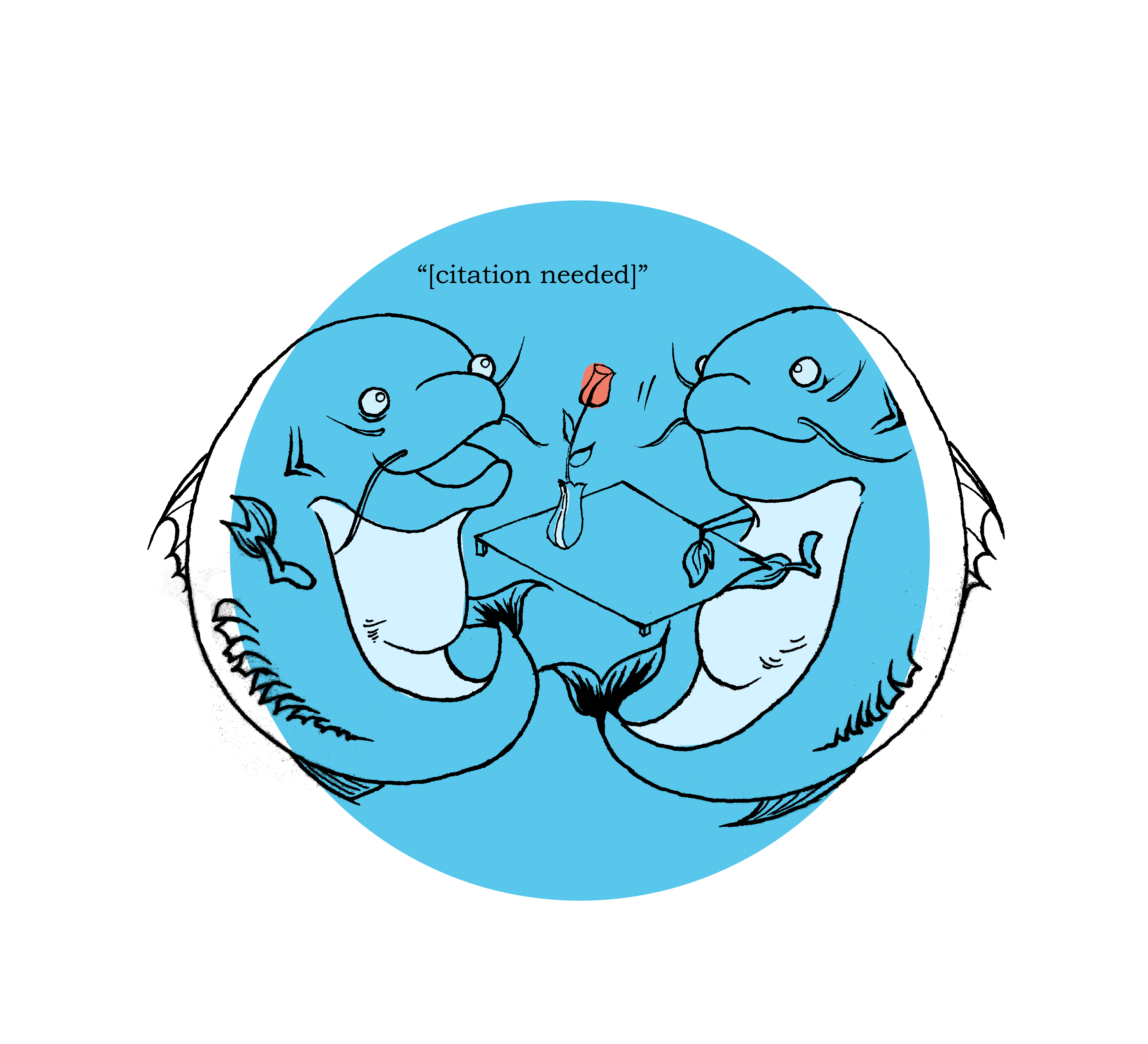The moment I realized that Truth™ was dead and I was a skeptic was when I realized that my friend was being catfished on OkCupid.
There wasn’t anything that suspicious about the guy, except for the fact that all of his profile pictures featured a veritable Adonis, casually leaning, shirtless, in very good lighting, at very sensual angles. She was pretty sold on the goodness of his heart and the aesthetic appeal of his abs. But he also refused to do a video chat with his one true love. A bit of Google Images searching revealed that these photos were in fact those of a married Bollywood actor. Confronted with this information, the catfisher took off, leaving one final missive: “sorry i love you bye forever.”
She was pretty devastated. And she got even more devastated when we found that another online suitor happened to be masquerading as yet another Bollywood actor. We did manage to salvage a bit of his character based on an indisputably reputable online source claiming that catfishers catfish because of a mixture of low self-esteem and excruciating loneliness — things we both related to fairly well.
But I was surprised by the immediate doubt I felt upon encountering his devastatingly handsome photo. It could be that I’ve spent enough time looking at celebrity photoshoots and stock photos to tell the difference. Or it could be that I’ve lost faith in the online dating scene (not that I would know anything about the harrowing search for love on the Interwebs. Me? Of course not). However banal this instance of skepticism may be, it felt like a symptom of a much larger condition of mistrust, seeming rationality, poorly repressed suspicion.
If it hasn’t been made clear already, we can’t afford naiveté. (We might have been able to before, but we’re broke now.) We’ve read about the fake news infiltrating our feeds. We’ve heard fake facts broadcasted through a megaphone without being backed up by real-er real facts. We’ve vaulted past “truthiness” into the era of “post-truth.” Our walls have Russian eyes and ears. Schools across the nation will soon reallocate arts program funding to implement Defense Against the Dark Arts classes and the art of the deal. We must practice constant vigilance. And we may trust no one.
This push towards skepticism has manifested itself in subtle ways. STATS 60 might one day be more popular than CS 106a. No one can say a single sentence without seriously doubting the veridicality of their own beliefs (“Am I really hungry?”, “Do I actually need to release major poops?”). Someone had already asked me to cite my sources when I told them that they were a wonderful person. We must turn into pestilent Socrates, “throwing verbal rocks” and casting doubt with every word. In a way, the hardest question we might ask each other is “How do you know that?”
And sometimes the right answer is simply “I don’t know.”
For many on the search for truth, nothing seems more factual than the scientific method — where empiricism and reproducibility are held as the backbone of fact. But we need to strike a balance between waiting for absolute verifiability, the need to act immediately and the risk of making a mistake. As staff writer Michael Specter said in his Stanford Bio-X lecture “Scientists, the Press and What the Public Needs to Know,” “We don’t need certainty. Certainty is a luxury humanity doesn’t have.”
Science is a process that works most of the time, not something laid down in stone. And we need to be able to communicate this process clearly and understandably, to be able to tell someone about “what [we] do, why it matters and why they should care.” For fact is unusable if it is never shared, and absolutely useless if it cannot be understood.
And the source for truth expands beyond just fact and numbers, to every field, profession and walk of life. As philosopher Gilles Deleuze said, “It is not the slumber of reason that engenders monsters, but vigilant and insomniac rationality.” There are many people who consciously lie and fabricate the truth for their own motivations. But there are also a great many who believe that theirs is the only truth that can be, by listening with one ear. And we are all in danger of falling prey to both.
What we need even more than having the answers is having the courage and the humility to admit that we were wrong.
The line between skepticism and cynicism is thin. A hermeneutics of suspicion is what allows us to stay critical, to keep guard against the very real dangers that falsely present themselves to us as revelation, paradigm or innocuous truth. But we also need to learn how to listen critically and compassionately, as much as we know how to tear apart. For it is only by understanding our mutual desire to use truth to persuade that we might be able to find compromise.
Sometimes we are able to catch our catfish for dinner. And sometimes they slip back into the sea, to be reeled in by another unfortunate boater. But we must not be afraid to confront them — to look them in their shimmering, photoshopped eyes and ask why.
Always question and doubt, especially when it’s something that means the world to you.
Contact Vivian Lam at vivlam25 ‘at’ stanford.edu.
